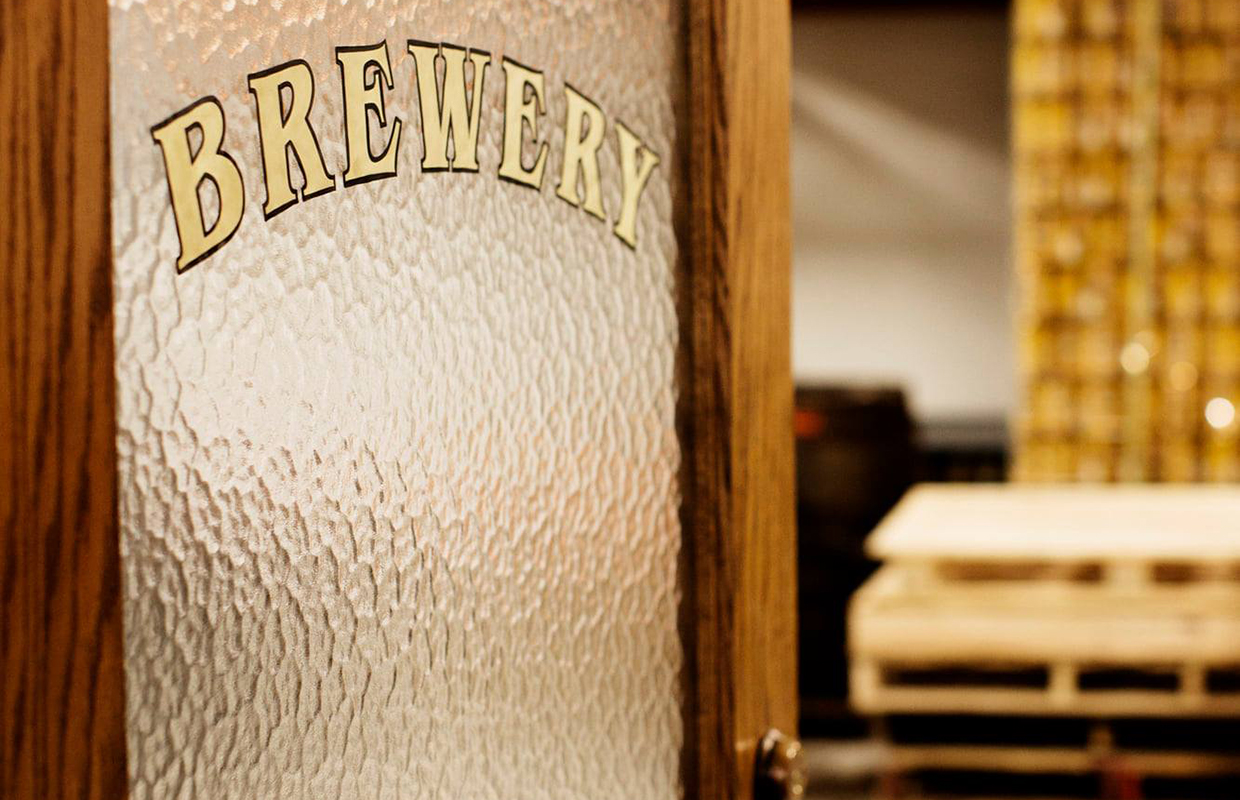
In order to grow a brewery’s distribution footprint it is important to offer packaged beer in addition to kegged beer. The off-premise market is large and always looking for the newest craft beer available. Picking how to showcase that beer nowadays is endless.
A classic longneck or “stubby” bottle still seems a standard for many breweries, even as 12 oz and 16 oz cans have become a part of the craft beer trend.
Bottles present the beer in a special way says Paul Evers, a co-founder of Crux Fermentation Project in Oregon.
“There are endless amounts of nuance found in bottles — most offering distinctive and differentiated shapes and colors,” he said. “A distinctive bottle is the driver in the overarching packaging design. The design of the label (or printed graphics) along with other components such as the crown, cork and wax yield to the form the bottle projects.”
But a lot of the decision making also comes down to costs. A lot of decisions depend on how certain bottles or labels work with a brewery’s bottling equipment, pointed out Kady Fleckenstein, the Brand Director for California’s Figueroa Mountain Brewing.
“Ultimately cost is a huge factor but we’ve also had to make decisions on labels that were based on our labeler and what would work best,” she said. “Other packaging products such as neck labels require an additional piece of equipment. Some packaging items such as wax or certain stickers require the work is done by hand. Sometimes this is worthwhile when you have a small batch of bottled beer but usually it is not worth the cost. We save the wax for our Anniversary beers to make them extra special. It’s a lot of work but ultimately pays off in the end.”
Added Evers: “With our brewing, we’re always working hard to stretch boundaries — our packaging should say as much in honoring the beer it’s containing.”
It’s challenging finding unique glass at pricing that works with the budget Evers added.
“The domestic offering is improving which is helping quite a bit,” he said. “We’re now able to find great options closer to home and avoiding the additional costs of importing from Europe.”
Of course, beer style and ABV are major factors in considering size and shape options in the bottle. A bottle can provide important cues to the consumer about what to expect inside.
“We evaluate all aspects carefully because we want everything to be intentional and meaningful,” Evers said. “The packaging form always provides an opportunity to differentiate and tell the unique story behind your beer. Settling for commodity, or standard, shapes and sizes underutilize that opportunity.”
Although New Jersey’s Carton Brewing only cans, co-founder Augie Carton said that he has considered bottles for some projects in the future, especially within aging beers for consumers that do such a thing.
“When choosing packaging you are choosing the rate of decay,” he said. “So far for us that means mostly cans but there are long term wild projects I’d like to green bottle, short term farm projects I’d like to brown bottle, and so on.
“In some cases in a can you can wait 10 years to see the same evolution of two years in a brown 750 with a crown.”







Be the first to comment